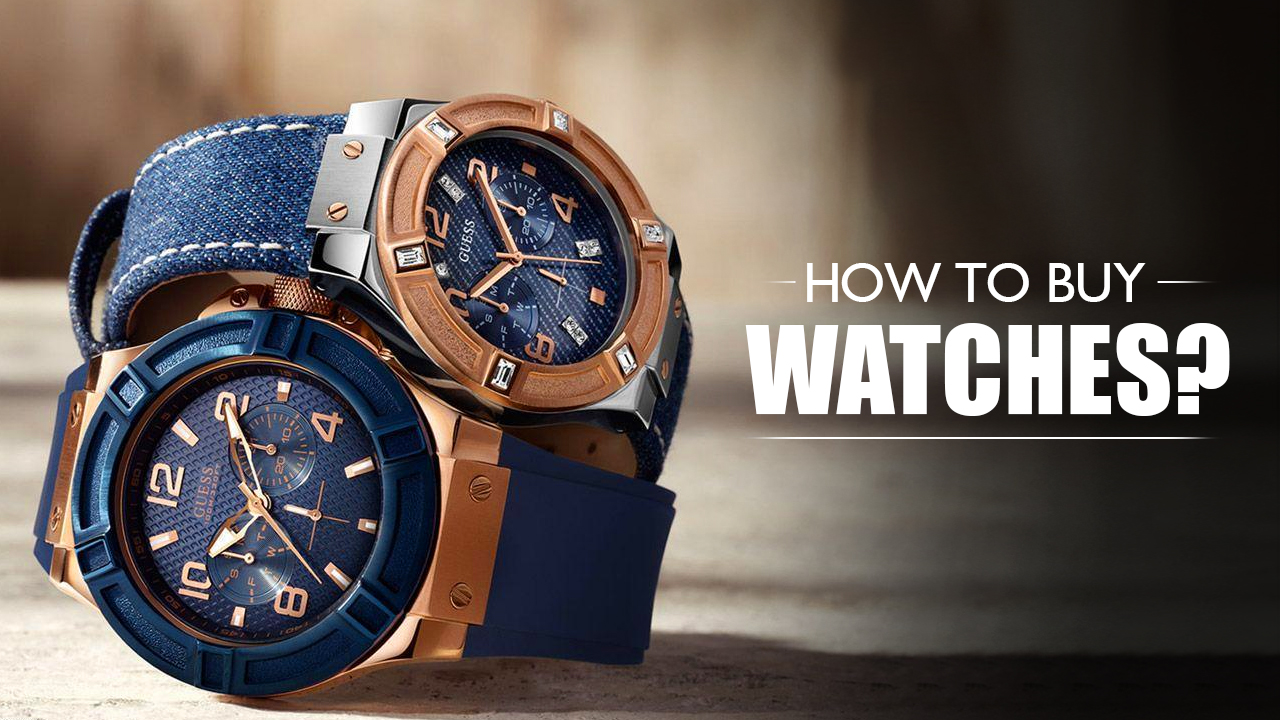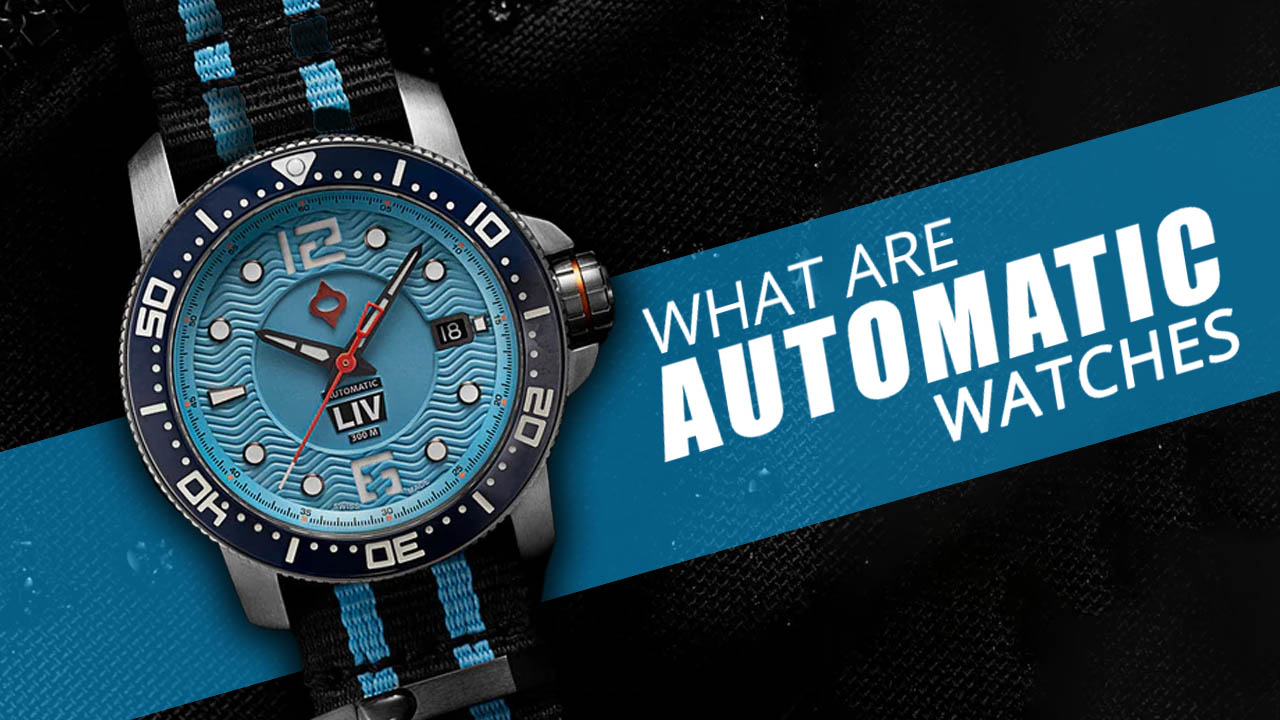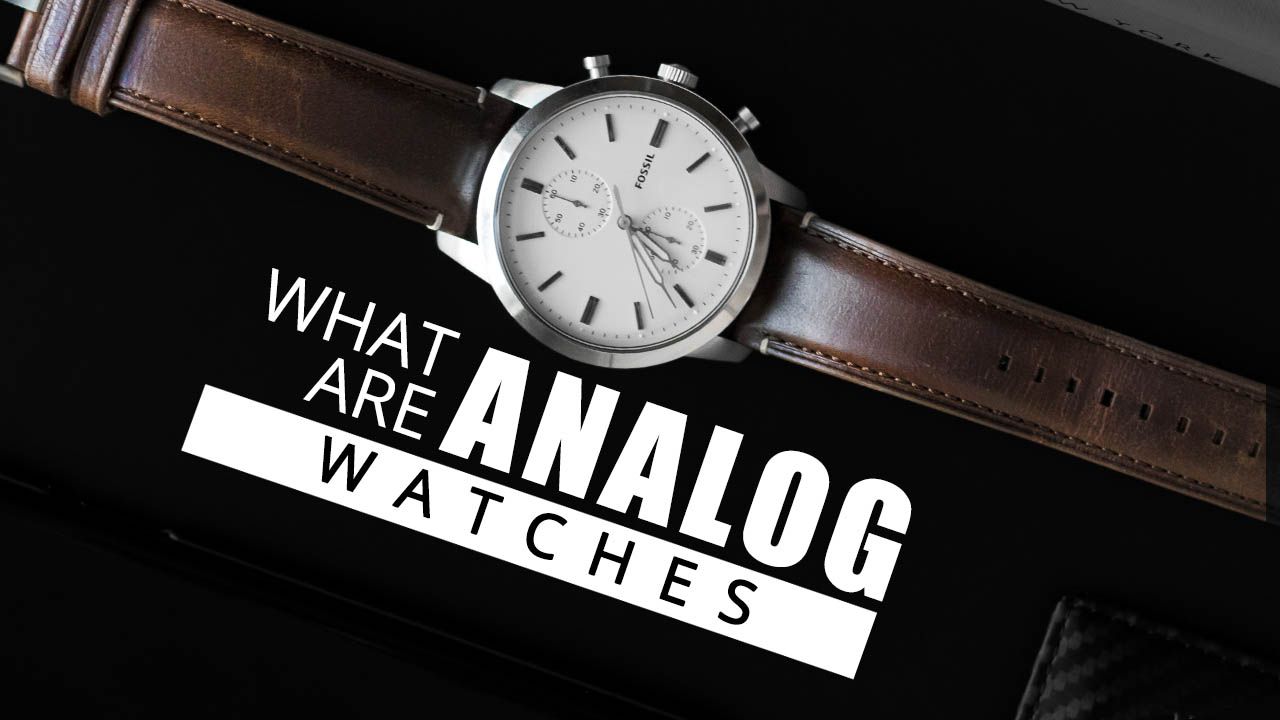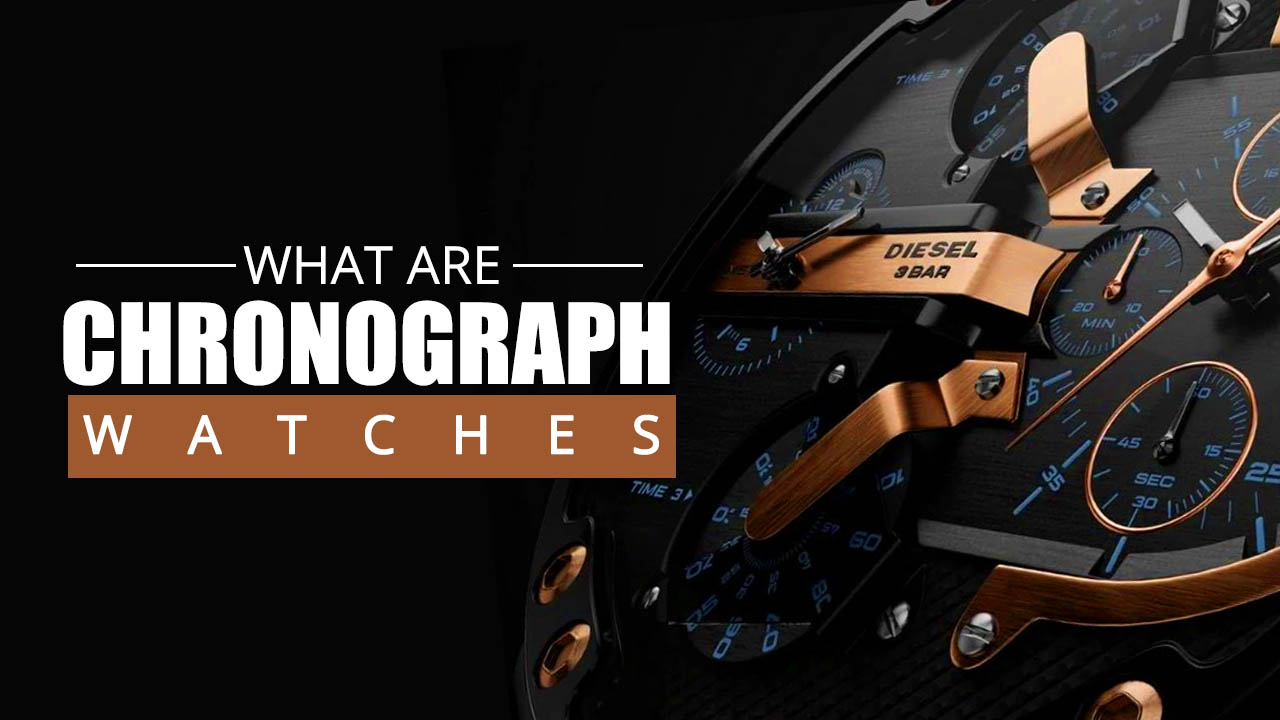
Have you ever wondered what is tachymeter in watches? In this article, we’ll tell you everything there is to know about a tachymeter. A tachymeter is a device used to measure speed. It is usually incorporated into the design of sports watches, as it can be used to calculate an athlete’s average speed during a race or training session. To use a tachymeter, you simply start the timer when you reach the starting line, and then stop it when you reach the finish line. It will then give you an estimation of your average speed based on the time and distance travelled.
Tachymeters can be a useful tool for athletes who are trying to improve their performance over time. By tracking their progress with a tachymeter, they can see how their speed has changed and adjust their training accordingly. There are also tachymeters available as standalone devices, which can be used by anyone who wants to track their speed while driving or running.
📌Also Read: Best watch brands for women in India
How To Use a Tachymeter on a Watch
1. To Measure Speed
A tachymeter is a useful tool for anyone who needs to measure speed, such as race car drivers or athletes. The speed at which you are travelling can be calculated by using the formula T=3600/t. T is the number on the tachymeter, 3600 is the number of seconds in an hour, and t is the time in seconds that is measured by the chronograph.
To get the speed in kilometres per hour, divide the time it takes to travel one kilometre by 3600. This is a simpler way to calculate speed, and it can be very useful to have on a watch.
- You must first locate the 6, 7, or 9 second mark on the scale before using a Tachymeter. Then, depending on where the scale begins, you look for 500 units of speed (if the scale begins at the 7 second mark), 400 units of speed (if the scale begins at the 6 second mark), or 600 units of speed (if the scale begins at the 6 second mark) (if the scale starts at the 9 second mark).
- You can use the tachymeter to calculate the speed of something moving once you’ve found this number.
- Choose a unit of measurement (miles or kilometers) and two reference points to determine an object’s speed. Look for kilometer markers on exit signs, for example, if you’re gauging the speed of a car on the highway. These indicators will indicate your current speed.
- When the thing you’re measuring reaches the first marker, start the chronograph by clicking the button at 2 o’clock. If your chronograph has to be reset, push the 4 o’clock position button.
- To stop the chronograph, push the 2 o’clock position button once the item passes the second marker.
- To measure the speed of an object, choose a unit of measurement (miles or kilometers) and then find two reference points. For example, if you’re measuring the speed of a car on the highway, look for kilometer markers on exit signs. These markers will tell you how fast you’re going.
- Start the chronograph by pressing the button at the 2 o’clock position when the object you’re measuring passes the first marker. If you need to reset your chronograph, press the button at the 4 o’clock position.
- Once the object passes the second marker, press the button at the 2 o’clock position to stop the chronograph.
- Look at the hand after you’ve stopped the chronograph to see where it is on the tachymeter scale. This indicates how rapidly the thing was moving. If the hand is at the 45-second point, the object was travelling at 80 miles per hour (80 kilometers per hour).
📌Also Read: Best watch brands for men in India
To Measure Distance
The tachymeter can also be used to calculate distance. If you know the speed of an object, you can use the tachymeter to determine how far away it is. For example, if you are driving at 60 miles per hour, and you see a mile marker that is one mile away, you can use the tachymeter to calculate your distance from the marker.
- Look for the 6, 7, or 9 second mark on your watch’s tachymeter scale. Most tachymeter scales begin at the 7 second point, which corresponds to 500 units of speed. Others may begin at the 6 second mark (600 units per second) or the 9 second point (400 units per second).
- The tachymeter scale is found on the bezel, the groove that holds the watch cover in place. It may also be found immediately outside the clock face on some watches. Make a mental note of the number “60,” which appears at the end of all tachymeter scales.
- To use a tachymeter to measure distance, you must maintain a steady speed of at least 60 kilometers per hour. This is due to the fact that tachymeters are ineffective at speeds less than 60 kilometers per hour.
- Start by tapping the 2 o’clock position button to activate the chronograph function.
- Remember to reset the chronograph by tapping the 4 o’clock position button before starting it.
- After then, either start timing an event or begin travelling at a consistent speed.
- Simply travel at a constant speed and wait for the chronograph hand to reach the tachymeter value equivalent to your speed to determine distance.
- If you’re travelling at 75 km/h, your tachymeter hand will reach 75 after one kilometer. Similarly, if you’re travelling at 70 mph, your tachymeter hand will reach that speed after 1 mile.
📌Also Read: Best watch under 10000 in India
Conclusion
A Tachymeter is a useful tool for measuring speed and distance. It can be used to calculate the speed of an object or to determine the distance of an object based on its speed. Tachymeters are typically found on watches, but they can also be found on other devices such as cars and bicycles.
When using a tachymeter, it is important to remember to start at the correct mark on the scale, and to reset the chronograph before starting. With a little practice, you’ll be able to use a tachymeter with ease.
Frequently Asked Questions (FAQs)
1. What is the purpose of a tachymeter?
A tachymeter is a device that tells you how fast a person is traveling, either by foot or by vehicle. The most common use of a tachymeter is to measure the speed of a car. This device tells you how many miles your car is traveling per hour. Another common use for a tachymeter is to calculate how long it will take you to walk a certain distance. It helps you determine how long it will take you to walk one mile, for example.
2. How to read a tachymeter?
To read a tachymeter, you will need to find the point on the scale that corresponds to the distance travelled by the object. For example, if the object has travelled 1 kilometre in 60 seconds, you will need to find the point on the scale that says “60” (this is known as the base value). Once you have found this point, you can then read the tachymeter to estimate the speed of the object. For example, if the tachymeter says “120,” this means that the object is traveling at a speed of 120 kilometres per hour.
3. How accurate is a tachymeter?
The accuracy of a tachymeter can vary depending on the quality of the device and the conditions under which it is used. Generally, tachymeters are accurate to within a few percent. However, in some cases, the margin of error can be as high as 10%. When using a tachymeter, it is important to be aware of these potential sources of error.
4. How do you reset a tachymeter on a watch?
To reset a tachymeter on a watch, you will need to press and hold the button located at the 4 o’clock position to stop the chronograph. Once you have done this, you will need to use the crown or pusher to reset the minute hand back to the 12 o’clock position. You can then release the button and begin timing again.
5. What is the difference between chronograph and tachymeter?
A chronograph is a watch that features a stopwatch function. A tachymeter is a scale on the watch bezel that allows you to measure speed over a given distance. Chronographs are often used by sportspeople and other professionals who need to time specific events. They can also be used to track lap times in distance races such as marathons or triathlons. Meanwhile, tachymeters can be used by anyone who needs to measure speed or distance. They generally feature a rotating bezel that can be turned to provide more accurate measurements.
📌Also Read: Best Fossil watches under 10000





